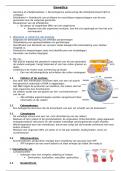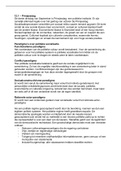Tentamen (uitwerkingen)
TGMT4030 Mid-Term Exam (2021)
- Vak
- Instelling
1. Resorts have been identified as a Roman legacy. Examine this link in more detail and discuss other ways the ancient Roman Empire may have influenced current travel and tourism 2. Why is environmental scanning particularly well suited to tourism management in general and resorts in particular? ...
[Meer zien]












